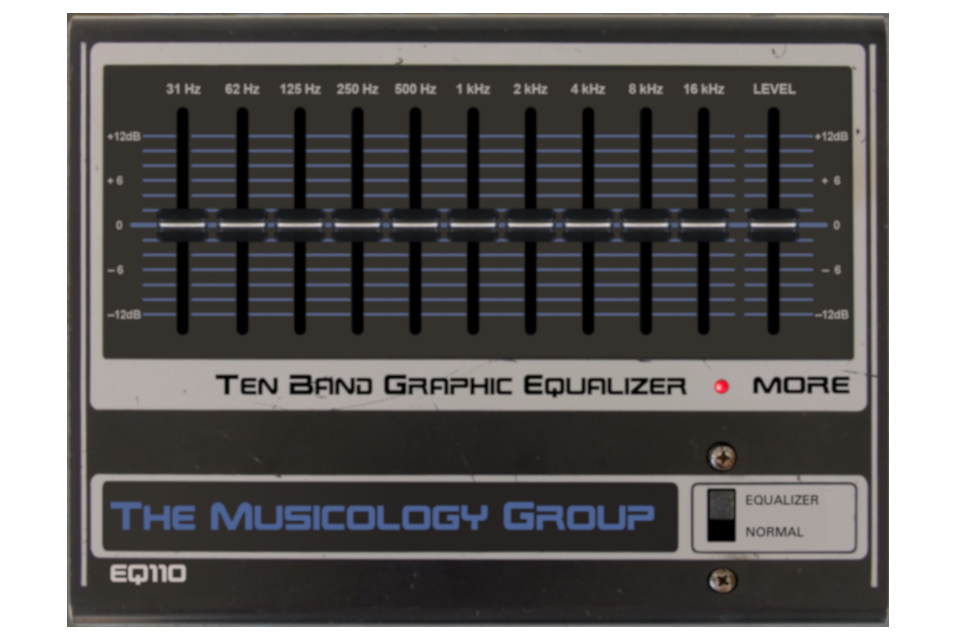
Having trouble using the Built-In Speakers on your Mac? We’ve got the fix.

Audio routing should be a simple thing, in effect we’re just marshaling data from one device to another, but introducing a sound card may cause some complications. You’re probably used to setting up the mic audio as input and the built-in speakers as output, or more likely you plug in some headphones and then use the headphone mic and speakers for input and output. However, when using AmpStamp or similar apps that require input from a sound card, i.e. a device that accepts input from your guitar, this usually means that a third party driver takes over input and output routing. As such, you may experience problems when attempting to use your sound card input for your guitar while trying to route audio to the built-in speakers on your Mac.
If so, here’s the fix. Luckily, it’s simple. But it does require digging into the Audio/MIDI Routing app, a program you might not have even known was there! Kudos to you if you have previous experience with this app. Follow the simple four step process below and you should be up and running in no time.
- Open the Audio/MIDI Setup app on your Mac, you can find this under the Applications > Utilities folder, or just search for it.
- Click the plus button (+) to add a new device, and select Aggregate Device.
- By default, the Aggregate Device is empty, select the two devices that you’ll be using for input and output, typically your sound card and Built-In Speakers.
- Navigate back to AmpStamp* and open the Audio Menu, you can find this on the top left corner, select your new Aggregate Device for both Input and Output. You should be able to hear your guitar within a few seconds of changing these settings.
*Note, this guide assumes you’re running AmpStamp as a standalone application, if you’re using AmpStamp as a plugin within GarageBand or another DAW, please follow their instructions for selecting audio I/O.
And that’s it! We tested this with AmpStamp version 1.8.2, running MacOS 13.6.1, let us know if this works for you too!






 EQ110 Ten Band Equalizer
EQ110 Ten Band Equalizer VG402C Amplifier, daisy-chain channels I and II
VG402C Amplifier, daisy-chain channels I and II VG 4x12B 100W ’78 Cabinet
VG 4x12B 100W ’78 Cabinet